Tesla's "insane" self-driving Model SD could replace taxis
News: Tesla's newly launched Model SD electric car could be "summoned" by owners to pick them up autonomously using the car company's new Autopilot function, potentially eliminating the need for taxi services.
By integrating a number of safety technologies, Tesla's Autopilot system could eventually enable its electric cars to drive and collect passengers without anyone at the wheel, according to Tesla CEO Elon Musk.
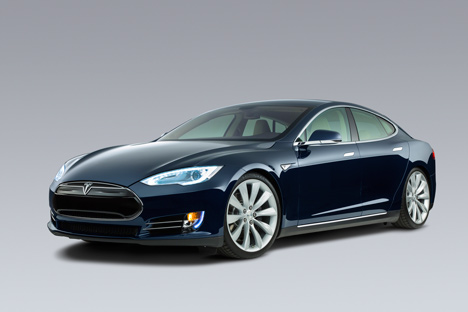
Drivers could command their cars to pick them up using their phones, or by pre-programming a calendar.
"You'll be able to summon the car and it will come to wherever you are," explained Musk. "It can even go a step beyond that... if you have your calendar turned on, it'll meet you there".
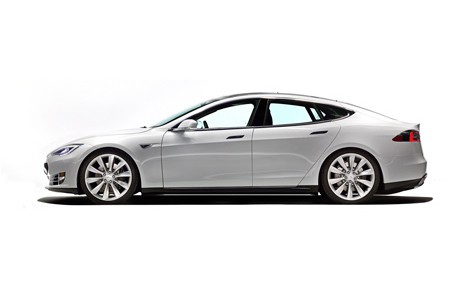
The Model SD, an update on Tesla's existing Model S range, is the first car to have this Autopilot feature built in, although laws governing road safety currently restrict the use of this feature on public roads.
Under existing regulations, drivers will be able to use the Autopilot mode on private land for a number of functions including self-parking.
"When you get home, you'll actually be able to just step out of the car and have it park itself in your garage," said Musk.
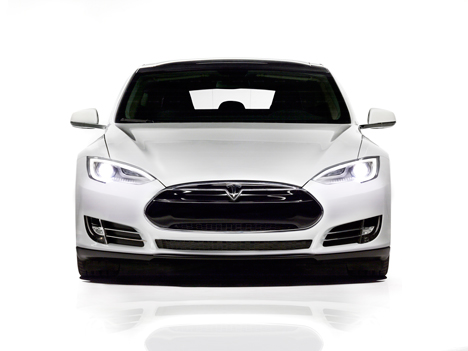
The car will be able to steer itself to stay within a lane and change lanes as well as manage its own speed by "reading" road signs. According to Tesla, it will take "several months" for all Autopilot features to be completed and uploaded to the cars.
"Tesla's Autopilot is a way to relieve drivers of the most boring and potentially dangerous aspects of road travel – but the driver is still responsible for, and ultimately in control of, the car," explained a statement released by Tesla.
The vehicle's safety features, which have enabled its Autopilot functionality, include a forward-looking radar system that can detect potential collision risks even in poor weather conditions.
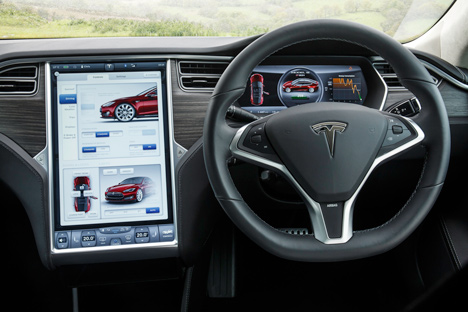
The data collected in real-time is fed back to an on-board computer that interprets the information and presents it to the driver via a digital interface.
A camera located at the front has been programmed to distinguish road features such as traffic lights and safety barriers, as well as pedestrians and cyclists.
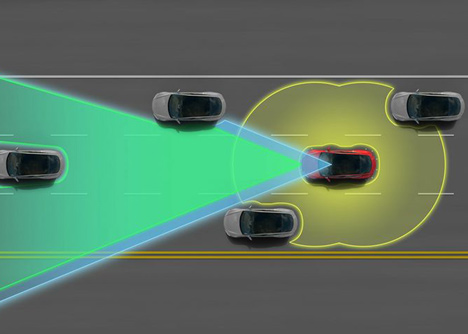
Twelve sensors have also been positioned around the vehicle to form a "safety cocoon", which detects hazards in blind spots.
The system can activate a digitally controlled electric braking system and give tactile feedback through the steering wheel, alerting the driver to perceived risks.
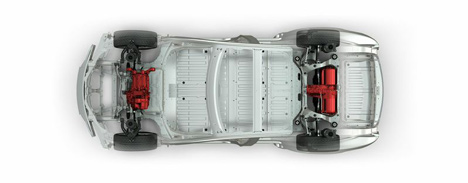
In addition to enhanced safety features and Autopilot, the Model SD has managed to match the acceleration performance of the iconic McLaren F1 sports car, reaching 60 miles per hour from a standstill in just 3.2 seconds.
The power is generated from two electric motors, which are located on the front and rear axels respectively. Each motor is digitally and independently controlling torque to the front and rear wheels, making minor adjustments to effectively translate its power to the road without loss of traction and wheel-spinning.
"We're going to have an option in the settings whereby you'll actually be able to choose from three settings," explained Musk. "Normal, sport and insane."
The Dual Motor Model SD and Autopilot was launched by Musk at an event in Hawthorne, California, last week.